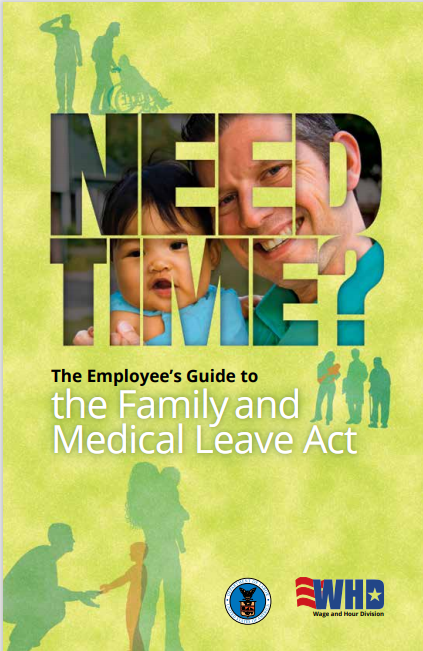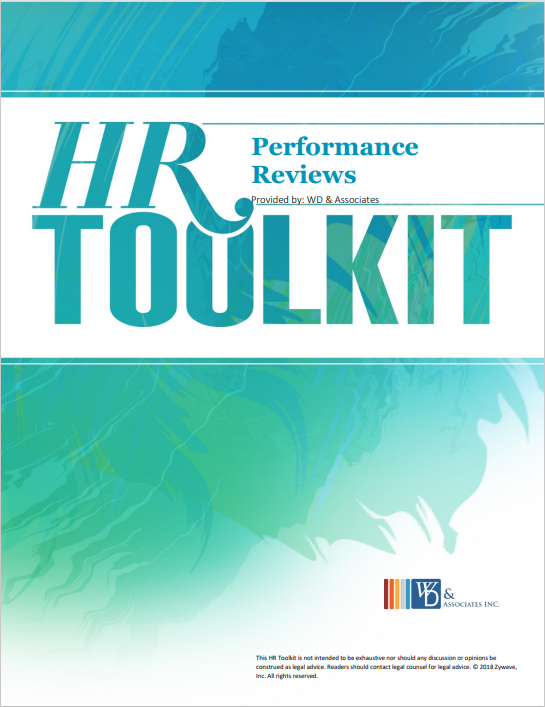Workers’ compensation coverage pays benefits to workers injured on the job, including medical care, part of lost wages and permanent disability. It also provides death benefits to dependents of employees killed from a work-related accident. Workers’ compensation systems are different in every state, as individual statutes and court decisions have shaped the way they handle claims, evaluate impairments, settle disputes, provide benefits and control costs.
Background of Workers’ Compensation Insurance
During the 19th century, the number of individuals joining the workforce grew exponentially. As a result, the number of workplace accidents grew as well. At that time, the only way that injured workers could obtain compensation for their injuries was to sue the employer. Many legislative proposals emerged early in the 20th century, focusing on compensating injured workers for their medical care and lost wages. By 1949, all states had a system in place to provide compensation for injured employees.
Under these systems, the employer was responsible for providing compensation for the cost of medical care and wages lost, and consequently, the employee gave up his or her right to sue the employer for injuries. Currently, Texas is the only state where workers’ compensation is not mandated for all employers. As part of the insurance package, the injured worker’s medical, rehabilitation and lost wages are paid for by the state or insurance carrier. If the injury leaves the employee disabled, the insurance carrier will pay the claim based on the extent of the injuries and based on its permanence.
The disability will fall into one the following categories: temporary total, temporary partial, permanent partial or permanent total disability. Workers’ compensation rates and programs are managed by private insurers, state funds or the National Council on Compensation Insurance (NCCI). WD & Associates can provide more information about how your state handles these programs.
The Employer’s Responsibilities
Employers are required to do the following to comply with workers’ compensation insurance laws:
- Provide coverage for their employees and are held liable for all injuries suffered by employees while they are on the job (with the exception of employers residing in the state of Texas)
- Pay premiums and provide the carrier with audit payroll numbers
- Provide a safe environment
- Notify the carrier as soon as possible after an injury
- Investigate injuries
Managing Your Workers’ Compensation Costs
Your workers’ compensation insurance premium is based on a rating your company has, which is based on payroll, averages for your industry and claims experienced over a three-year period. Claims have a direct impact on this experience modification factor (mod), which can significantly drive up premiums. This means many times a company will pay for its own claims in increased premium costs. There are many things that companies can do to lower their workers’ compensation costs, such as the following:
- Inspecting your insurance policy to make sure that all job classifications and payrolls are correct.
- Making an investment in workplace safety to avoid accidents to improve claim histories and reduce overall costs. If you modify operating procedures even slightly, you can alleviate unnecessary exposure to injuries.
- Considering using a managed care organization that has a relationship with your insurance company. This will help you save on medical treatment costs.
- Creating a modified duty program at your organization to help injured
employees return to work sooner.
Under these programs, employees are assigned duties that they can physically complete while they recover. The most successful return to work programs incorporate speedy, quality medical care and assistance to reduce emotional stress after an accident. There are other actions that your organization can take to reduce workers’ compensation costs, and we have the tools to show you how. Contact WD & Associates today to learn more.
This Work Comp Insights is not intended to be exhaustive nor should any discussion or opinions be construed as legal advice. Readers should contact legal counsel or an insurance professional for appropriate advice. © 2011, 2021 Zywave, Inc. All rights reserved.
Going through a workers' compensation claim? Download the following checklist to make sure all the tasks related to a workers’ compensation claim have been completed!
Five Strategies for Reducing Workers’ Compensation Costs
When a company experiences significant increases in workers’ compensation costs, it usually triggers internal activities aimed at reducing insurance costs and spending. The key to spending fewer dollars is more than just stopping a few accidents; it is having a sound safety program designed to continuously improve. This is where a safety program that, at a minimum, is compliant with the Occupational Safety and Health Administration (OSHA) standards can yield significant savings for by reducing injuries and illnesses, saving workers’ compensation dollars.
Building a Solid OSHA Program
There are five elementary steps can take to have a well-rounded safety program that produces a safe work environment, achieves OSHA compliance, reduces accidents and ultimately reduces workers’ compensation costs.
- Develop the various programs required by the OSHA standards.
- Integrate those programs into the daily operations.
- Investigate all injuries and illnesses.
- Provide training to develop safety competence in all employees.
- Audit your programs and your work areas on a regular basis to stimulate continuous improvement.
Develop Programs Required by OSHA Standards
Aside from being a requirement for general industry, the OSHA standards provide a good pathway to incident reductions. A good number of accidents stem from poorly developed or poorly implemented OSHA programs: failure to keep walking and working surfaces clear may result in slips or trips, not using personal protective equipment may result in excessive lacerations, and poor lifting techniques can result in strains.
Many of the OSHA standards require some type of written program be developed and then communicated to employees. Experience shows that companies with thoroughly developed OSHA-compliant programs have fewer accidents, more productive employees and lower workers’ compensation costs.
Integrate Programs into Daily Operations
Policies alone won’t get results; the program must move from paper to practice in order to succeed. Putting a policy into practice requires a strategic plan clearly communicated to key participants, good execution of that plan based on developed competencies and a culture that inspires and rewards people to do their best.
When developing any business initiative, there must be an emphasis on frontline supervisors and helping them succeed. Every good business person knows that any new program—safety, quality or anything else—lives and dies with the frontline supervisor. If the frontline supervisor knows the program and wants to make it happen, the program succeeds; if not, the program is a source of constant struggle and an endless drain on resources and energies. Providing supervisors with knowledge and skills through training is critical to the success of any program.
A solid OSHA program integrated into the daily operation and led by competent supervisors is just the beginning. Successful safety programs focus on being proactive instead of always reacting to issues. Accident investigations provide an excellent source of information on real or potential issues present in the workplace.
Investigate All Injuries and Illnesses
Workers’ compensation is designed to recompense employees for injuries or illnesses they suffer in the course of their employment. This should not come as a surprise, but increasing numbers of claims drive up workers’ compensation costs. To reduce those costs, you must simply reduce your accidents, and the ability to reduce accidents is significantly enhanced when those accidents are fully investigated instead of simply being reported.
Accident reports are historical records only citing facts, while accident investigations go deeper to find the root cause and make improvements. Businesses that stop rising workers’ compensation costs have an effective accident investigation process that discovers the root cause of the problem. Unless the root cause is discovered, recommendations for improvement will remain fruitless. Again, training proves beneficial because a supervisor skilled in incident analysis is a better problem solver for all types of production-related issues, not just safety.
All accidents should be investigated to find out what went wrong and why. Some may suggest investigating every accident is a bit over the top and only those that incur significant costs are worthy of scrutiny. But ask yourself this question: If you only investigated serious quality concerns instead of every little deviation, would your quality program still be effective? Companies with solid quality programs investigate and resolve every deviation from quality standards.
If your emphasis is only on those incidents that have to be recorded on the OSHA 300 log, you close your eyes to the biggest accident category: first aid-only incidents. Many companies get upset about recordables or lost time accidents because of the significant costs involved, but they don’t realize that the small costs and high numbers of first aid-only incidents really add up.
Statistics show that for every 100 accidents, 10 will be recordable and one a lost-time incident. If you investigate only recordables or lost time accidents, 89 go unnoticed. Would you consider a quality program that allows an 89% failure rate successful? Reducing serious accidents means you must reduce your overall rate of all accidents – including first aid-only incidents. That only happens when every incident is fully investigated to find the root cause, and remedial actions are identified and integrated into the daily operation.
Training and Auditing for Continuous Improvement
The final steps focus on training and auditing your program for continuous improvement. Training plays a significant role in safety and in reducing workers’ compensation costs. The goal of training is to develop competent people who have the knowledge, skill and understanding to perform assigned job responsibilities.
Competence, more than anything else, will improve all aspects of your business and drive down costs. Supervisors must have the knowledge and ability to integrate every safety program into their specific areas of responsibility. Every employee must know what is expected of them when it comes to implementing safe work procedures. Once the programs are developed and implemented, they must be reviewed on a regular basis to make sure they are still relevant and effective.
This might require a significant change in how you manage your safety program, but if your workers’ compensation rates are high, it may be time to make this leap.
Tangible Benefits
- Studies indicate there is a return on investment and that companies see direct bottom-line benefits with a properly designed, implemented and integrated safety program.
- A competency-based safety program is compliant with OSHA requirements and therefore reduces the threat of OSHA fines.
- A competency-based safety program lowers accidents, and fewer accidents lower workers’ compensation costs. When incidents do occur, a competency-based safety program fully evaluates the issue and finds the root cause to prevent reoccurrence and provides a workplace that is free from recognized hazards.
- A safer workplace creates better morale and improves employee retention. Auditing keeps your programs fresh and effective and drives continuous improvement.
- A competency-based program produces people who are fully engaged in every aspect of their job and are satisfied and fulfilled producing high-quality goods and services.
How Can We Assist You?
At WD & Associates, we are committed to helping you establish a strong safety program that minimizes your workers’ compensation exposures. Contact us today at 401.435.4239 to learn more about our OSHA compliance, safety program, and accident investigation tools and resources.
Is your business set up with the best approach to workers' compensation? Not sure? Contact WD & Associates to discuss whether key-person life insurance is the right fit for you. You can also save the information in this blog by downloading the PDFs here and here. 











Leave a comment